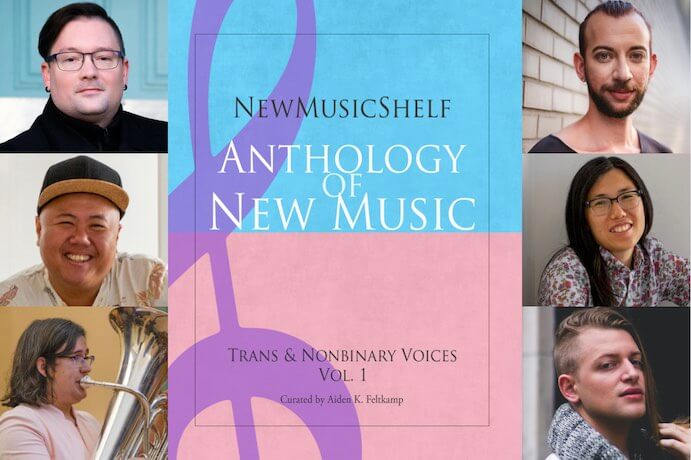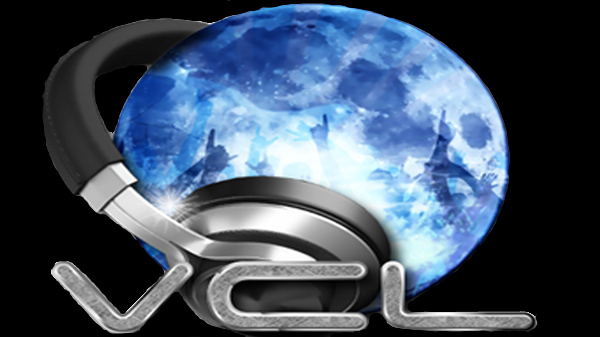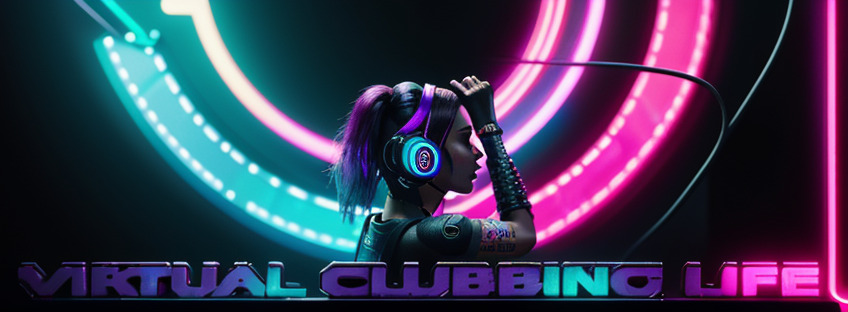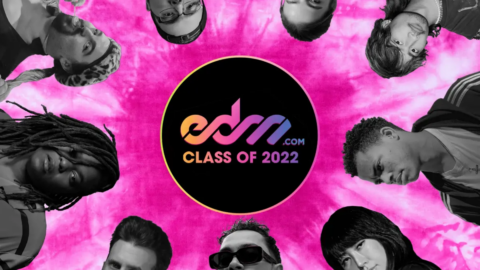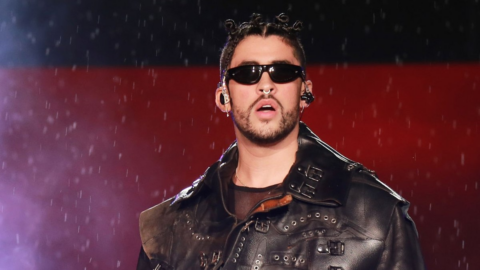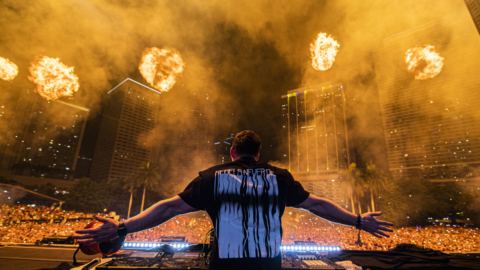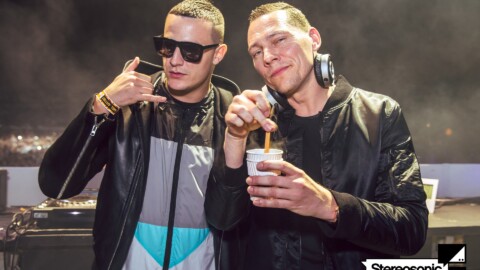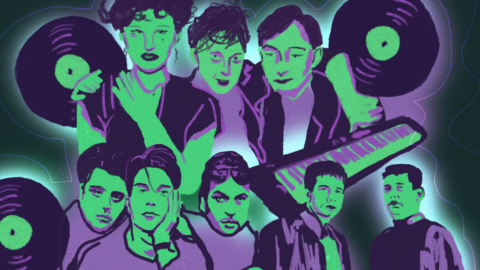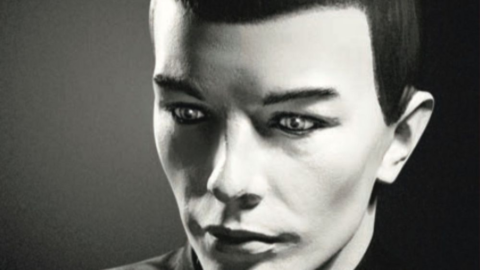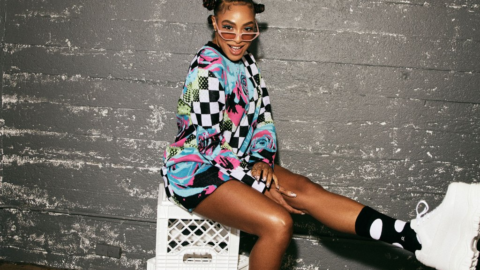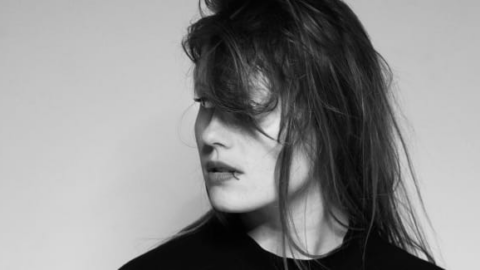In classical music’s recent efforts to become a more equitable space, I’ve often seen the words “diversity” and “inclusion” used interchangeably – but what many people don’t realize is that they’re vastly different concepts.
Diversity is about representing artists with varying demographics and how things ultimately appear on paper: did you hire only cis male performers, or did you program works only by white composers?
On the other hand, inclusion is about the experience of historically (and/or presently) marginalized people within a given environment. If someone from a marginalized community can bring their full artistry and personality to every rehearsal and concert without fear of disrespect, micro-aggressions, or negative consequences, then you’ve created an inclusive environment.
This, of course, is easier said than done; and even when we have the best of intentions, inequities can creep in. We’re working within a flawed system built by decades of white supremacy and patriarchal norms. It’s been built to run this way, and only through action can we begin to shift the status quo.
Anthology of New Music: Trans & Nonbinary Voices, Vol. 1 composer Hope Salmonson–Photo by Kevin Finch Photography
Now that we can (sometimes) gather again to create music live, programming concerts will be top of mind. But how can we program more diversely and more inclusively? In my experience curating the Anthology of New Music: Trans & Nonbinary Voices, Vol. 1, published by NewMusicShelf, I’ve seen how anthologies can be a powerful tool in not only diversifying our concert programming, but also creating inclusive creative environments along the way.
The Anthology of New Music for Trans & Nonbinary Voices is the first collection of songs specifically created for transgender and nonbinary singers. When I created the anthology, one of my major goals was to create a launch pad for presenters of all types. You can’t say there aren’t any trans and nonbinary creators when there’s an anthology full of them! And you can’t say that no one is writing music for trans and nonbinary voices when I can point to an entire book of repertoire. The book is proving our existence (something the LGBTQ+ community has to do all the time), and that’s a good start, but I hope it leads to more diverse programming moving forward.
In order to create an inclusive environment within the curation process for this anthology, I made it a point to protect the consent of identity for all the creators, many of whom belong to the LGBTQ+ community. It’s important to always allow people to self-identify, but that importance multiplies when it comes to visibility in a project focusing on a marginalized community.
Anthology of New Music: Trans & Nonbinary Voices, Vol. 1 composer Melissa Li and librettist Kit Yan–Photo by Joey Stocks
The question of consent of identity is a logistical issue, as well as a philosophical one. On the logistical side, we needed each artist’s full and informed consent when representing them. Being part of the LGBTQ+ community is never the safest, and trans and nonbinary people face an elevated risk. Many LGBTQ+ people, myself included, have lost their housing when they’re outed. Others face mental health crises and/or bodily harm, and others lose employment and/or access to healthcare. The Human Rights Campaign began tracking violent fatal incidents against transgender and gender non-conforming people in 2013, and 2020 marked the most violent year on record. Outing can be a matter of life and death.
When we released the call for scores for the anthology, we laid out the three criteria for the publication: 1. music by trans/nonbinary composer, 2. text by trans/nonbinary writer, and/or 3. work written for and premiered by a trans/nonbinary singer. Then, we asked, “Does your submitted work meet at least one of the criteria?” We didn’t ask for “proof” of how the song met the criteria, but we did ask for proof of permission to print the work in question, which is standard for publishing projects, but it’s especially important when identity comes into play.
Reducing a person to one aspect of their identity is degrading and quickly leads to tokenism and other types of diversity without inclusion.
Philosophically, self-identification and control over how you’re represented in media and publicity comes down to personhood and artistry. I know that, for myself, I never want to be presented as “the trans writer” or “the nonbinary curator.” My artistry, while inevitably affected by my gender, doesn’t center my gender identity and, even if it did, my artistry doesn’t end with my gender. Reducing a person to one aspect of their identity is degrading and quickly leads to tokenism and other types of diversity without inclusion. And yet we unconsciously do this all the time through marketing language and programming choices.
In order to create an inclusive experience for artists, we always need to start by asking the artist for their demographic identities, and then we need continued permission to align them with those communities. As Mansi Shah talks about at length in her article, data collection and analysis is crucial to understanding where a program or organization stands in their journey toward diversity, equity, and inclusion. But diversity is a starting place – not the finish line – if you’re working toward an equitable and inclusive work-space.
To reach a place of inclusion, we need to take it a step farther: we need to know much more about an artist and their work than their demographic information. This seems obvious, and yet I’m still invited to “women’s concerts,” and major organizations continue to only program Black composers during the month of February. Instead of programming entire concerts around a single aspect of an artist’s identity, we need to present the whole artist.
Click To Tweet
The question of inclusion, for me, starts with investing time into getting to know the artist beyond the level of a one-off engagement or performance. Through the submissions process laid out for the anthology, I had the opportunity to discover a multitude of new artists and their work. Once I’d received all the submissions, I played and sang through each of them. There were a few songs that did not fit the anthology’s criteria because of instrumentation or another reason, but the compositional voice of the creator stood out, so I took steps to get to know their work beyond what they’d submitted.
For example, composer Pax Ressler sent in songs for voice and chamber orchestra. I played through the pieces and listened to the recordings even though the songs didn’t fit the submission criteria, and Pax’s compositional voice intrigued me to no end. My curiosity drove me to Pax’s website, searching for more of their work. While there, I found their alternative pop/electronic album, Change. I bought the album and listened all the way through. Pax’s compositional voice only became more compelling and stunning in this genre. I reached out to Pax, asking if they had anything suited to voice and piano, or if something on their Change album could be arranged for acoustic piano and voice. It turned out they had an acoustic version of the entire album! So I had an embarrassment of riches and eventually chose “Love Song for Me” for inclusion in the anthology. Now I can’t imagine the anthology without that song.
Besides being a PSA for keeping your artist website up to date (to myself as much as anyone), this situation reminded me that a call for scores shouldn’t be an end-all, be-all. Inclusivity always requires work. Listening to new music is my favorite type of work, but it’s work nevertheless.
Anthology of New Music: Trans & Nonbinary Voices, Vol. 1 composer Pax Ressler–Photo by David Bara
So how can we apply this anthology curation mindset to programming concerts?
It begins with noticing our own patterns and biases. We can look at previous recitals and notice trends there. Who or what is missing? Once we’ve identified the gaps, we can start work to fill them in. Filling in gaps means making new discoveries and allowing curiosity to lead. We can lean on the work of other curators – playlists, anthologies, and collaborations.
Listen, dig, question. Have open ears and an open mind.
We gravitate toward what we know (it’s only evolution!). But we’re also artists, and we know how to be curious. Once we’ve built up a new list of music and creators, it’ll be much easier to program more diversely, but in order to take that next step toward inclusion, we need to build relationships with artists and their body of work. We need to leave space for people to not only bring their entire selves, but to expand and grow as artists.
I CARE IF YOU LISTEN is an editorially-independent program of the American Composers Forum, funded with generous donor and institutional support. Opinions expressed are solely those of the author and may not represent the views of ICIYL or ACF.
A gift to ACF helps support the work of ICIYL. For more on ACF, visit the “At ACF” section or composersforum.org.
Aiden K. Feltkamp (they/he): trans nonbinary writer (opera, poetry, sci-fi) | cat, bird, & robot dad | disabled & neurodivergent | data scientist | Samus main



I CARE IF YOU LISTEN is an award-winning media platform for living music creators.
I CARE IF YOU LISTEN is a program of American Composers Forum, made possible thanks to generous donor and institutional support. You can support the work of ICIYL with a gift to ACF.
